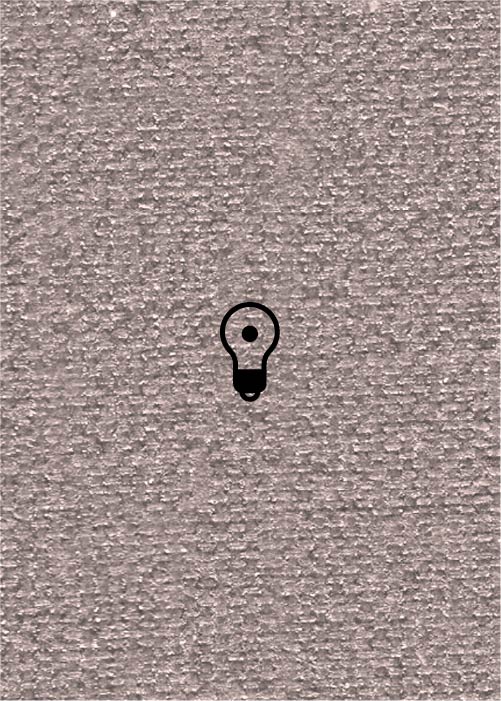(241 results found)

Bulgar (LKT)
… “ Bulgar or bulgarish is a common East European Jewish music and dance form, usually in 2/4 time. While its musical, … of the most common dance and tune genres of the American-Jewish repertoire, popular in parts of Eastern Europe in the …

Khosid/Khosidl (LKT)
… singular khusid ] were cornerstones of Leon’s old-time, Jewish dance repertoire. He often referred to them as a … [ mitsve dance], alluding to their frequent use at Jewish weddings to accompany the mitsve [ritual …

Shemele (LKT)
… also proposes... Later during a mention of the ‘beroyges’ dance and reconciliation, there is a mention of the German … p. 24 . “The ‘beroyges’ and ‘shalom’ dances [are] two Jewish weddings dances that were widespread in Eastern European Jewish communities, and [formed] part of the style of …

Semele (LKT)
… of each citation, you get the full reference. “Sometimes dances are mentioned in the literature for which we have not been able to gather data, although they were danced in the late nineteenth century. For example, a folk … dance. Cahan introduces some German folk songs as well as Jewish ones in which we find a similar dance. However, the …

Mitsve-tants (LKT)
… the full reference. “These two khusidlekh [Hasidic-style dance tunes, singular khusid ] were cornerstones of Leon’s old-time, Jewish dance repertoire. He often referred to them as a … [ mitsve dance], alluding to their frequent use at Jewish weddings to accompany the mitsve [ritual …

Kosher-tants (LKT)
… Avraham Rekhtman derives that the kosher-tants is ‘the dance of the groom with the bride after the wedding-meal to … the the name of this dance (‘kosher dance’) is originally Jewish, in all instances its music was typically foreign and … the bride is a kosher one’ is far from in good taste for Jewish modesty... In newer times the maskilim began to wage …

Mekhutenim-tants
… 1266 . “The scholar Gabriel Grod published... ‘ mekhutonim dances’ [done] during the arrangement of the ‘tenoim’ ... … pp. 15-16 . “The ‘beroyges’ and ‘shalom’ dances [are] two Jewish weddings dances that were widespread in Eastern European Jewish communities, and [formed] part of the style of …

Beroyges-tants
… citation, you get the full reference. “The [ beroyges ] dance ended, the song was stopped. The groom approached and … p. 1266 . “The ‘beroyges’ and ‘shalom’ dances [are] two Jewish weddings dances that were widespread in Eastern European Jewish communities, and [formed] part of the style of …

Hopak (LKT)
… the full reference. “The principal forms [of Russian folk dance] are the korovod and the trepak, the former danced by young girls holding hands,...The popular Russian … the hopak . (The name hopak was folklorized into hopke .) Jewish kozachok melodies were borrowed, but in the klezmer …

Hopke (LKT)
… pre-World War I]. Cahan 1957, p. 491 (#255) . “Other dances performed at weddings in East European communities … the hopak . (The name hopak was folklorized into hopke .) Jewish kozachok melodies were borrowed, but in the klezmer … in the klezmer repertoire. They did not acquire a Jewish sound. The kozachoks and hopaks that were adopted are …


